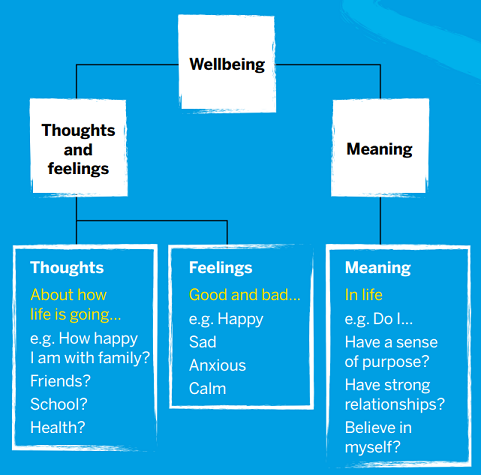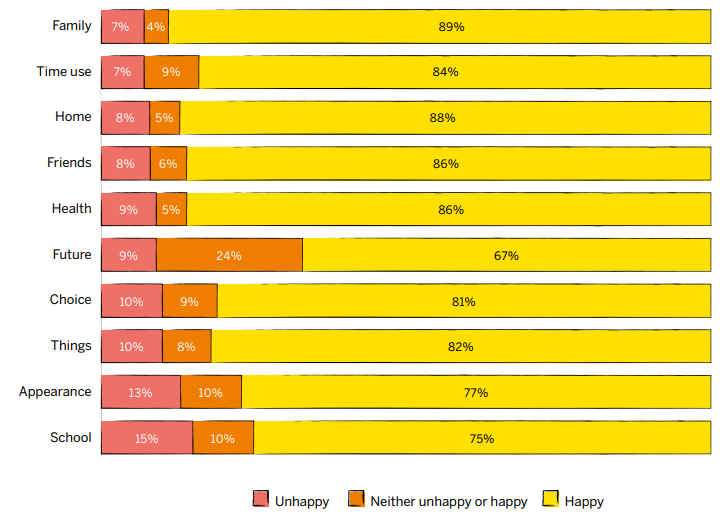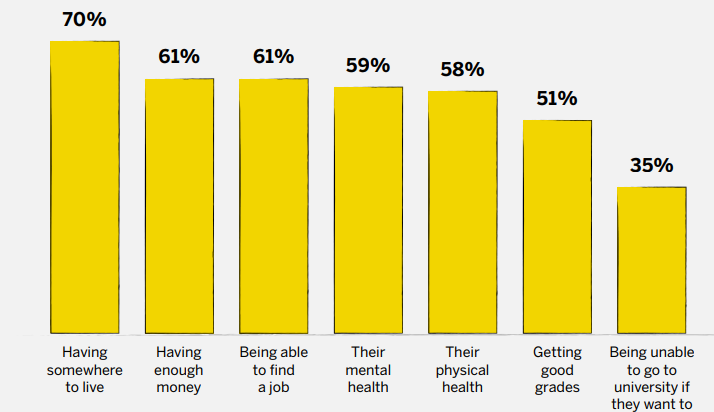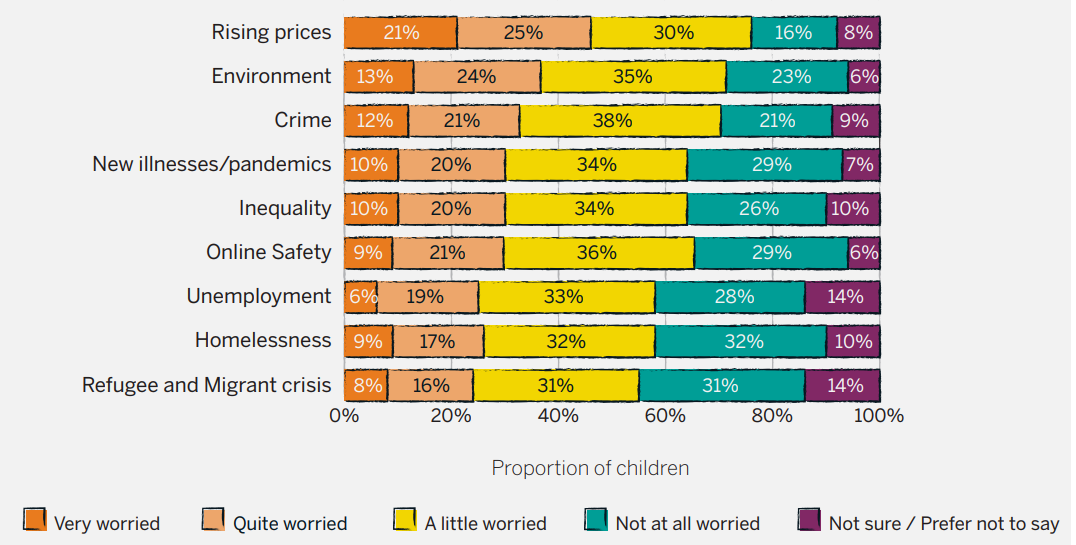Mental health worries
The UK BMA reports in its article on Mental health pressures in England that mental health services are not being resourced fast enough rate to meet demand. As a result, patients are suffering.

This article is part of a series culminating in Protection 3.0, a proposition which makes people central: for mutuals this would be members and for proprietary insurers their policyholders, or customers.
The UK’s NHS perspective
For mental health (only) National Audit Office Key Facts include:
- 4.5m people were contact with the NHS 2021-22.
- 8m people with mental health needs were not in contact in 2021.
- 1.2m people on the waiting list for community-based NHS (June 2022).
- Referrals to NHS were 4.4 m in 2016-17 and 6.4m in 2021-22 (+44%).
- £12.0b NHS spend on mental health services in 2021-22 (c9% of budget).
- 17% of this was spent on non-NHS (e.g.) independent and voluntary providers (2021-22).
In the above “NHS” means NHS mental health services or NHS-funded mental health services. Many of these key facts were NHS England estimates, based on their Mental Health of Children and Young People in England 2022 survey. Young people are a particular concern:
Young people: % with probable mental disorders
| Age group | 2017 | 2022 |
| 7-16 | 12% | 18% |
| 17-19 | 10% | 26% |
This is a much bigger increase than worldwide. The NHS lists 34 areas of mental health conditions (sometimes called disorders) in 2024. Perhaps the most well-known are anxiety and depression:
- Anxiety and panic attacks. Authorities define this as a feeling of “apprehension or dread” in situations where there is no actual threat. It is disproportionate to the situation faced.
- Depression – when “feeling low” lasts weeks or months and stops you doing things.
The global perspective: WHO
The World Health Organisation provides a simpler grouping:
- Anxiety Disorders
- Depression
- Bipolar Disorder
- Post-Traumatic Stress Disorder (PTSD)
- Schizophrenia
In the foreward to its Mental Health Gap Action Programme WHO states that “mental health is fundamental to health” and re-affirms its definition of health in the WHO Constitution as:
“a state of complete physical, mental, and social well-being and not merely the absence of disease or infirmity”
Despite its long-stated position, WHO goes on to say:
“The greatest barrier to development of mental health services has been the absence of mental health from the public health priority agenda. This has serious implications for financing mental health care, since governments have allocated meagre amounts for mental health within their health budgets, and donor interest has been lacking.”
A longer (184-page) mhGAP report gives detailed guidelines and recommendations for mental, neurological and substance use disorders.
On disorders
WHO’s blanket use of the term “neurological disorder” will not be universally welcomed.
I have sympathy with the views (as I understand them) of the Autism rights movement, not least from a position of logic: I accept the Neurodiversity argument that “a wide variety of people experience the world in ways similar to autistic people, despite not being autistic”. Or, as I would put it: “we’re all somewhere on the spectrum”.
I do acknowledge that my own positive family experience. In any case any pathology route must focus on behaviour, not (thankfully) drug treatment.
With or without autism, we need to look at ourselves: is my behaviour right?
The Children’s Society report
This is an annual survey of around 2000 people, aged between 10 and 17. Importantly the focus is wellbeing, rather than mental illness or disorder.

Source: The Good Childhood Report: Youth summary
Young people’s happiness with 10 aspects of life
This is graph 1 from the report:

Source: The Good Childhood Report: Youth summary
Measured by percentage unhappy, school and appearance are the top concerns. If, however, we rank on not being happy (rather than being unhappy) a general concern about the future emerges is top.
Young people’s thoughts on the future
This is graph 3 from the report. Asked about what you think is important about the future, this is is what young people thing is important – not the same as their worries.

Source: The Good Childhood Report: Youth summary
Young people’s concerns
This graph (figure 3) expresses young people’s general worries:
